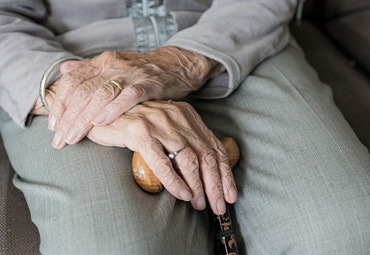Pension savings can be tax efficient as contributions to registered pension schemes, attracting tax relief up to certain limits.
Limit on tax relief
Tax relief is available on private pension contributions to the greater of 100% of earnings and £3,600. This is subject to the annual allowance cap. Tax relief may be given automatically where your employer deducts the contributions from your gross pay (a ‘net pay scheme’). Alternatively, if you pay into a personal pension yourself or your employer pays contributions into the scheme after deducting tax, the pension scheme will claim basic rate relief (‘relief at source’). Thus if you pay £2,880 into a pension scheme, your scheme provider will claim basic rate relief of £720, meaning your gross contribution is £3,600. If you are a higher or additional rate taxpayer, the difference between the basic rate tax and your marginal rate can be reclaimed from HMRC via your self-assessment return.
Annual allowance
The pension annual allowance caps tax-relieved pension savings – contributions can be made to a registered pension scheme in excess of the available annual allowance, but they will not attract tax relief. The annual allowance is set at £40,000 for 2019/20; although this may be reduced if you have high earnings. The annual allowance taper applies where both your threshold income is more than £110,000 (broadly income excluding pension contributions) and your adjusted net income (broadly income including pension contributions) is more than £150,000. Where the taper applies, the annual allowance is reduced by £1 for every £2 by which adjusted net income exceeds £150,000 until the annual allowance reaches £10,000. This is the minimum amount of the annual allowance. Only the minimum allowance is available where adjusted net income is £210,000 or more and threshold income is more than £110,000.
The annual allowance can be carried forward for up to three tax years if it is not used, after which it is lost. The current year’s allowance must be used first, then brought forward allowances from an earlier year before a later year.
Example
Henry has income of £100,000 in 2019/20. He has received an inheritance and wishes to make pension contributions of £60,000. In the previous three years he has used £10,000 of his annual allowance, leaving £30,000 to be carried forward for up to three years.
To make a contribution of £60,000 for 2019/20, Harry will use his annual allowance of £40,000 for 2019/20 and £20,000 of the £30,000 carried forward from 2016/17. The £10,000 remaining of the 2016/17 allowance will be lost as cannot be carried forward beyond 2019/20. The unused allowances of £30,000 for 2017/18 and 2018/19 can be carried forward to 2020/21.
Reduced money purchase annual allowance
A lower annual allowance of £4,000 (money purchase annual allowance (MPAA)) applies to those who have flexibly accessed pension contributions on reaching age 55. This is to prevent recycling of contributions to secure additional tax relief.
Lifetime allowance
The lifetime allowance places a ceiling on your pension pot. For 2019/20 it is set at £1,055,000. A tax charge will apply if you exceed the lifetime allowance.
If you need any help, please get in touch.

